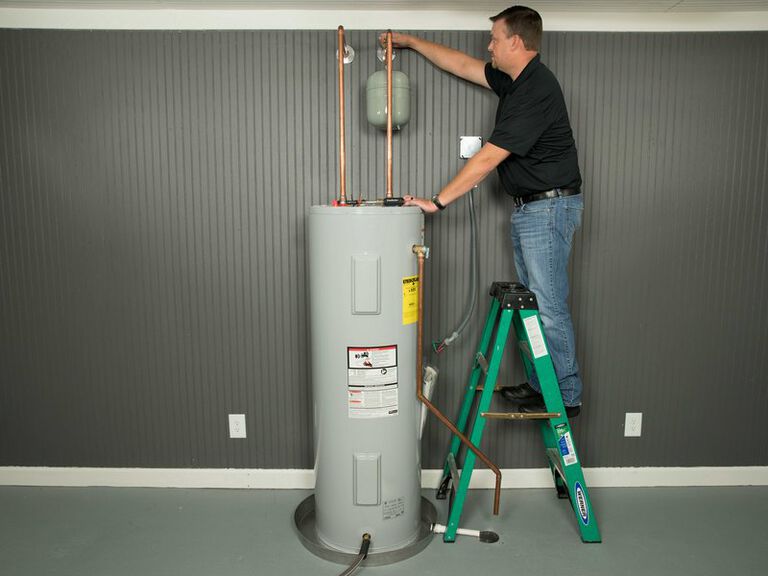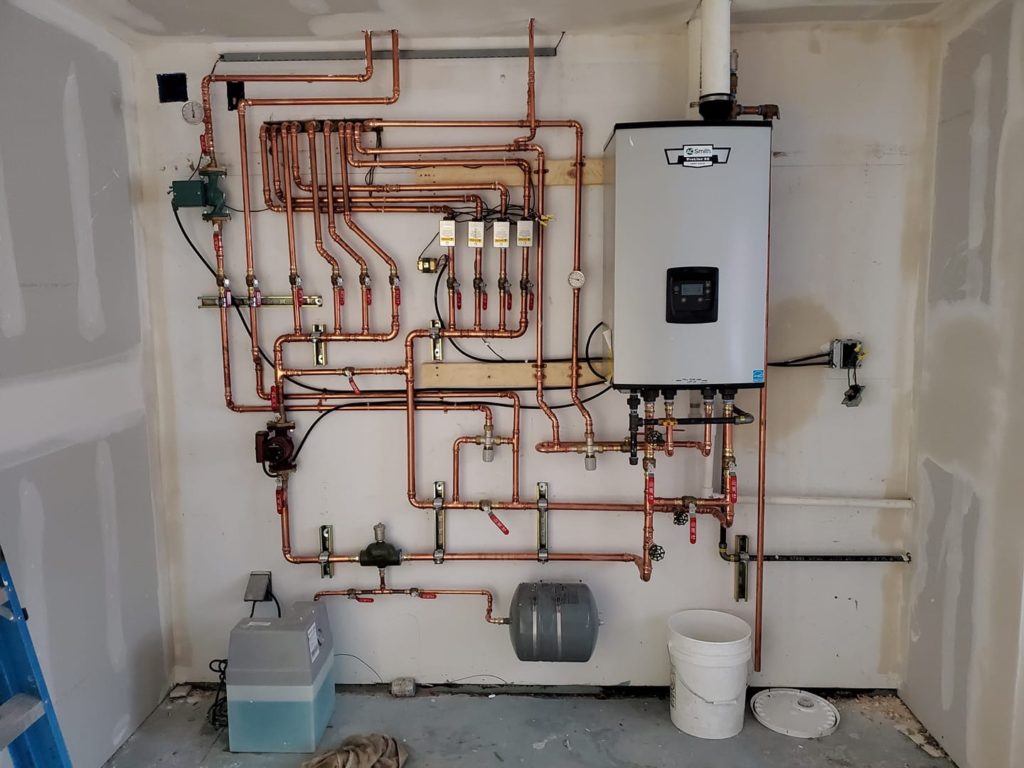Expert Water Heater Installation Services for Consistent Home Heating
Full Guide to Water Heating UnitInstallment and Replacement
Comprehending the complexities of water heater installation and replacement is crucial for homeowners seeking to ensure performance and integrity in their warm water supply. From choosing the appropriate kind and dimension to implementing a seamless setup procedure, several variables have to be considered to avoid common challenges.
Kinds of Water Heating Systems
When thinking about water heating unit installation and substitute, it is necessary to comprehend the various kinds of hot water heater available in the market. One of the most typical kinds consist of tank hot water heater, tankless hot water heater, heatpump water heating systems, and solar hot water heater.
Storage tank water heaters are typical systems that keep a specific quantity of warm water, making them conveniently available when required. They are generally more economical ahead of time but might incur greater power expenses with time because of warmth loss. On the other hand, tankless water heating systems offer warm water as needed, removing the need for storage. They are power efficient and can conserve space, however their initial expenses are generally greater.
Warm pump hot water heater use electricity to transfer warm from the air or ground to warm water, using considerable power savings however needing more space and specific installation conditions. Last but not least, solar water heaters harness solar energy to warm water, supplying an eco-friendly option with prospective long-lasting expense financial savings, although they often require a backup system for cloudy days.
Recognizing these choices guarantees informed choices pertaining to installment and replacement, dealing with particular demands and choices.
Picking the Right Dimension
Choosing the suitable size for a hot water heater is critical to make sure optimal efficiency and effectiveness. An unit that is also little will battle to satisfy household needs, resulting in inconsistent warm water accessibility and increased power usage. Conversely, a large water heating system can lead to unneeded energy waste and greater utility expenses.
To identify the appropriate size, take into consideration the home's optimal hot water usage. This can be computed based on the variety of passengers and their normal warm water requirements. For instance, a family members of four might need a hot water heater with a capability of 50 to 80 gallons, relying on the usage patterns, such as synchronised showers and washing.
In addition, examine the recovery rate, which gauges how swiftly a heater can renew hot water after it has actually been used. For tankless versions, concentrate on the flow rate, gauged in gallons per min (GPM), to guarantee it meets the house's simultaneous need.

Setup Process Introduction

Next, the old device needs to be disconnected and removed, taking treatment to comply with local codes and laws relating to disposal. Once the old device is out, the brand-new hot water heater can be positioned in place. This step includes connecting the supply of water lines, guaranteeing that all installations are leak-free and secure.
After establishing water links, it's necessary to link the power supply, whether electrical or gas, adhering to the supplier's directions thoroughly. When all links are made, the system should be loaded with water, and the power can be turned back on. Lastly, it is very important to look for leaks and ensure the water heating system is working correctly prior to completing the setup process.
Typical Installment Mistakes

One more frequent error is neglecting to comply with neighborhood codes and guidelines. Failing to adhere to these criteria can not only bring about safety dangers but may additionally lead to pricey fines or the requirement for costly reinstallation. Furthermore, inappropriate airing vent is a crucial concern. Inadequate air flow can create harmful gas accumulation, posturing major health and wellness threats.
Failing to safeguard links or utilizing the wrong kind of fittings can lead to leaks and water damages. By preventing these common installment errors, property owners can ensure their water heating system operates safely and successfully, optimizing performance and longevity.
Upkeep Tips for Longevity
Correct maintenance of a water heater is crucial for its long life and ideal performance. Normal examinations and servicing can prevent pricey repair services and prolong the device's life-span. Begin by examining the temperature level setup; it must normally be set between 120 ° F and 140 ° F for optimum energy effectiveness and safety.
Every six months, purge the tank to get rid of sediment accumulation, which can harm heating effectiveness and create corrosion. To do this, shut off the heater, link a hose to the drain valve, and allow the water run up until it is clear.
When they are rusted,Anode rods ought to be inspected each year and replaced. These rods assist prevent tank rust by bring in harsh elements in the water.
Furthermore, inspect the stress alleviation valve regularly to ensure it is working properly. This shutoff is essential for preventing extreme pressure accumulation within the storage tank.
Last but not least, click for info consider scheduling a professional maintenance check more helpful hints every few years for extensive assessments and maintenance. By sticking to these upkeep ideas, home owners can dramatically boost the performance, safety and security, and life-span of their hot water heater, ensuring reliable warm water for years ahead.
Verdict
Finally, correct installment and maintenance of hot water heater are important for making sure effectiveness and longevity (drain cleaning). Choosing the suitable type and dimension, sticking to setup guidelines, and avoiding usual mistakes significantly add to ideal performance. Regular upkeep checks and expert servicing aid endure performance and prevent pricey repair services. By comprehending these important facets, house owners can achieve a trusted hot water supply while decreasing prospective concerns associated to water heater procedure.
Comprehending the complexities of water heater setup and replacement is crucial for house owners seeking to guarantee performance and dependability in their warm water supply.Storage tank water heating units are standard systems that store a particular volume of warm water, making them conveniently available when needed. In comparison, tankless water heating units give warm water on need, removing the requirement for storage. Selecting a water heating system that is either too small or also huge can lead to ineffectiveness, resulting in poor warm water supply or too check much power usage.
By recognizing these vital facets, house owners can attain a trustworthy warm water supply while reducing possible problems connected to water heater procedure. gas leak repair.